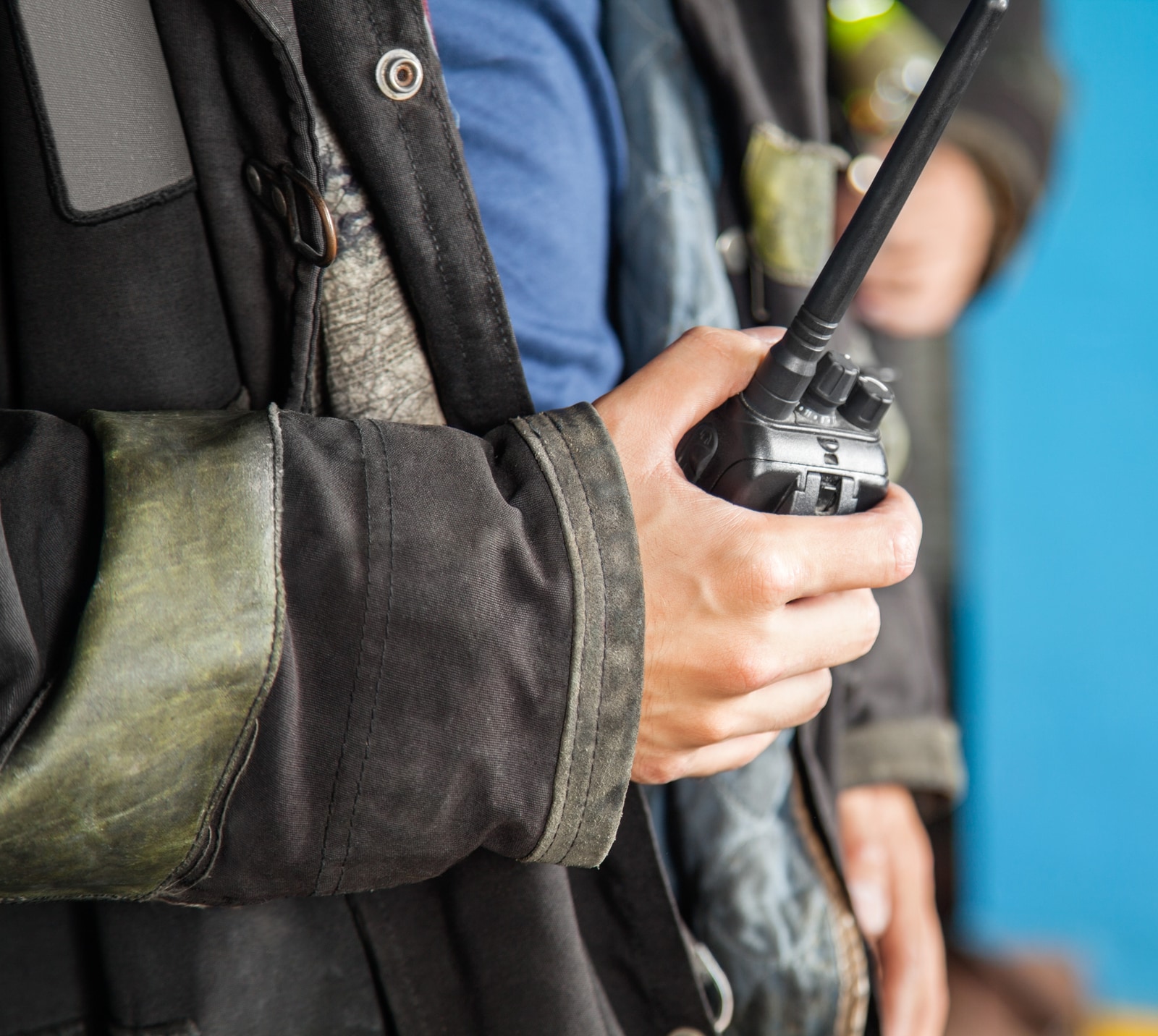In today’s interconnected world, effective communication is crucial, especially in critical situations such as emergency response scenarios. One technology that plays a vital role in ensuring seamless communication is the Bi-Directional Amplifier (BDA) system. This article aims to provide a comprehensive understanding of BDA systems, their importance, and how AFA Protective Systems emerges as a trusted source for all things related to BDA solutions. Whether you are a facility manager, a security professional, or someone interested in enhancing communication capabilities, this guide will equip you with the knowledge necessary to make informed decisions.
The Importance of Reliable Communication in Critical Situations
In emergency situations, time is of the essence, and clear and uninterrupted communication can be a matter of life and death. First responders, public safety officials, and building occupants heavily rely on effective communication systems to coordinate actions, gather and relay information, and ensure safety. However, various factors such as structural interference, distance limitations, and signal loss can hinder communication efforts, potentially jeopardizing lives.
Bi-Directional Amplifier (BDA) systems offer a solution to these challenges by enhancing radio signal coverage, ensuring reliable communication across vast areas and within buildings. A BDA system acts as a lifeline, bridging the gap between emergency responders and those in need, ensuring vital information is transmitted and received without hindrance.
Understanding Bi-Directional Amplifier (BDA) Systems
What is a Bi-Directional Amplifier (BDA)?
A Bi-Directional Amplifier (BDA) is a specialized device designed to boost radio frequency (RF) signals and extend their range. It consists of several components, including amplifiers, filters, antennas, and power supplies, all working together to amplify and distribute signals effectively. BDAs are commonly used in buildings, tunnels, stadiums, and other large structures to enhance signal coverage and support critical communication systems, such as public safety radio networks.
How Does a BDA System Work?
A BDA system works by receiving weak incoming RF signals from an external donor antenna, amplifying them to a higher power level, and then redistributing the amplified signals through internal antennas strategically placed within the building or facility. This amplification process enables improved signal quality and coverage, ensuring reliable communication between responders and occupants, even in hard-to-reach areas.
Key Components of a BDA System:
- Donor Antenna: The donor antenna receives incoming RF signals from external sources, such as cell towers or public safety networks.
- Amplifiers: BDAs utilize amplifiers to increase the power of incoming signals, compensating for any signal loss experienced during transmission.
- Filters: Filters are employed to eliminate unwanted interference and ensure only the desired frequencies are amplified and distributed.
- Internal Antennas: Internal antennas are strategically positioned within the building to provide comprehensive coverage and ensure reliable communication throughout.
- Power Supplies: BDAs require dedicated power supplies to operate efficiently and maintain uninterrupted signal amplification.
- The Benefits of BDA Systems (600 words):
Enhanced Public Safety:
Implementing a BDA system offers numerous benefits for public safety and emergency response efforts. By eliminating signal dead zones and ensuring comprehensive coverage, BDAs enable effective communication between first responders and control centers, facilitating prompt decision-making and coordinated actions. This leads to improved situational awareness, faster response times, and ultimately, enhanced public safety.
Compliance with Codes and Regulations:
In many jurisdictions, compliance with building codes and regulations mandating reliable in-building communication is essential. BDAs help facilities meet these requirements by improving signal strength and coverage throughout the building, allowing for effective communication during emergencies. Failure to comply with these codes can result in penalties, legal issues, and compromised safety.
Reliable Communication for Critical Operations:
Beyond emergency situations, BDAs also benefit everyday operations within large facilities. Industries such as healthcare, hospitality, and education heavily rely on uninterrupted communication for their day-to-day activities. BDAs ensure consistent coverage and reliable communication for staff, patients, guests, and students, creating a safer and more efficient environment.
Future-Proofing Communication Infrastructure:
As technology evolves, so do communication systems. BDAs offer a scalable and adaptable solution, allowing for future expansion and integration with emerging technologies. By investing in a BDA system, organizations ensure their communication infrastructure remains up to date, avoiding costly retrofits and ensuring compatibility with the latest advancements.
AFA Protective Systems: Your Trusted Source for BDA Solutions
When it comes to implementing BDA systems, partnering with a reputable and experienced provider is crucial. AFA Protective Systems emerges as a trusted source for all things BDA, offering comprehensive solutions tailored to specific needs. With a proven track record and a commitment to customer satisfaction, AFA Protective Systems stands out as an industry leader.
Expertise and Experience:
With years of experience in the field, AFA Protective Systems possesses the expertise necessary to design, install, and maintain BDA systems effectively. Their team of professionals stays up to date with the latest industry trends and regulations, ensuring that clients receive cutting-edge solutions that comply with the highest standards.
Tailored Solutions:
AFA Protective Systems understands that every facility has unique requirements. They work closely with clients to assess their specific needs and design customized BDA solutions accordingly. From initial planning to system integration, AFA Protective Systems ensures that the BDA system seamlessly integrates with existing infrastructure and meets all compliance requirements.
Comprehensive Support:
AFA Protective Systems provides comprehensive support throughout the entire lifecycle of the BDA system. This includes system installation, regular maintenance, troubleshooting, and emergency repairs. Their dedicated customer service team is available 24/7 to address any concerns promptly, ensuring maximum system uptime and reliability.
Conclusion:
In an age where effective communication is vital, Bi-Directional Amplifier (BDA) systems play a pivotal role in ensuring reliable connectivity, especially in critical situations. By amplifying RF signals and extending their range, BDAs enhance coverage, eliminate dead zones, and foster seamless communication between responders and those in need. AFA Protective Systems emerges as a trusted source for all BDA-related solutions, combining expertise, tailored solutions, and comprehensive support to meet the diverse needs of facilities across various industries. By partnering with AFA Protective Systems, organizations can enhance their communication infrastructure, comply with regulations, and ultimately contribute to a safer and more efficient environment for all.










